How to protect flowers from a cat, methods safe for cats and plants
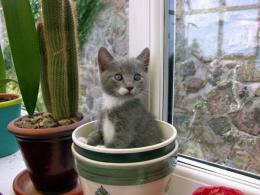
Cats often damage indoor plants. They chew them, break them, drop them from the windowsills. If you take precautions, cats and houseplants can coexist quite peacefully.
We suggest you familiarize yourself with how to protect flowers from cats and choose the option that is suitable for your pets.
Content:
- How to protect flowers from a cat, how to scare away the animal
- Choosing the right flowers for a house with a cat
- How to stop a cat from eating house flowers
- How to stop a cat from digging in a pot
- Flower protection frame
- Alternative methods of protecting plants from cats
- Cat-safe houseplants
- Useful indoor plants for cats
How to protect flowers from a cat: how to scare away the animal
A pet in an apartment requires the attention of its owners. Dogs and cats often cause a lot of trouble for their owners. For example, cats can damage indoor plants.
They rummage through pots, “confusing” them with the tray, and chew stems and leaves. During play or due to negligence, an animal may completely overturn a pot with indoor flower on the floor. All this can be avoided if you think in advance about how to protect flowers from increased attention from your pet.
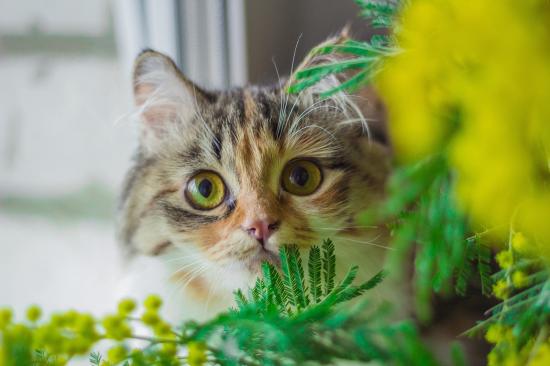
The problem is solved in two directions. On the one hand, it is necessary to rid the cat of the bad habit of spoiling plants, on the other hand, it is necessary to make such contacts impossible.
To wean your pet from the habit of “flirting” with flowers, you need positive reinforcement for correct behavior and negative reinforcement for prohibited actions.
An important point: you can’t hit cats. These capricious animals rarely associate physical impact with their behavior, and may simply become offended by their owners.
As a negative reinforcement, the fluffy can be slightly frightened. As soon as the owner notices that the cat is showing the “wrong” interest in a house plant, you can make a sharp sound: a whistle, a knock, a bell.
For this method to bear fruit, you will have to spend time. It is necessary to monitor every approach of the cat to the windowsill, otherwise a new conditioned reflex may not form.
You can build an unstable pyramid of tin cans near the pots. It is likely that the cat will knock it over and next time will be afraid to approach the potty.
You can scare a cat away from indoor plants using scents. Cats really don't like citrus scents. You need to take fresh lemon or orange juice, moisten a few pieces of cotton wool with it and put them in the pot. Over time, the smell disappears, which means the cotton balls need to be periodically replaced with fresh ones.
Choosing the right flowers for a house with a cat
Care should be taken to ensure that contact between the animal and flowers does not harm the health of the pet. We are talking about poisonous plants. Many beautiful house plants have poisonous sap.
If a cat chews such a plant, there is a high risk of food poisoning. At the first suspicious symptoms, the animal should be taken to the veterinarian.
If the owners doubt that they will be able to wean the animal from the habit of gnawing flowers, the following representatives of the flora should be especially carefully isolated:
- Dieffenbachia;
- oleander;
- philodendron;
- calla;
- spurge;
- begonia;
- hydrangea;
- ivy, etc.
To completely guarantee the safety of your four-legged friend, you can completely abandon these varieties and give them to friends who do not have pets.
How to stop a cat from eating house flowers
Indoor plants can be sprayed with various compounds, the taste of which the cat will not like. There are special sprays that can be bought at a pet store.
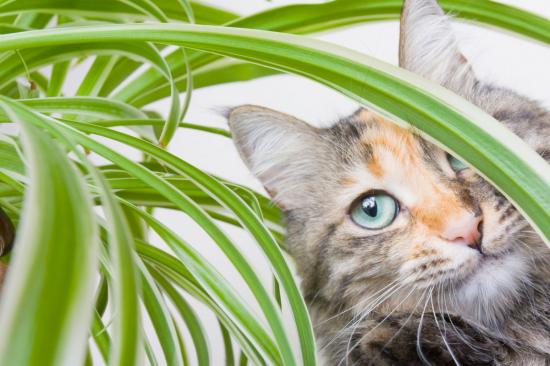
You can also prepare a repellent yourself. To do this, add aloe juice, red pepper, and sour apple juice to a spray bottle with water. Plants treated with this composition will become unpalatable to the cat.
However, before spraying, you need to make sure that the substance will not harm the flower. To do this, the composition is tested on 1-2 leaves, and only then the whole flower is treated.
How to let a cat dig in a pot
To prevent your fluffy from “confusing” a flower pot with his toilet, you should limit his ability to dig in the ground. To do this, various obstacles are placed in the pot, which nevertheless allow water to pass freely during watering.
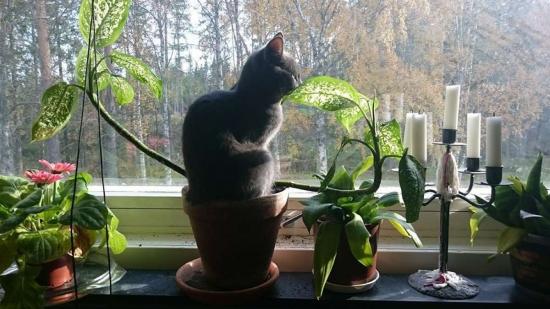
To protect against cats, they most often use:
- large stones or crushed stone. This barrier also has decorative properties. Beautifully placed stones add additional aesthetics to a potted plant;
- large sea shells;
- Pine cones. Such a barrier is not very effective, since the cat can easily push the cone to the side;
- aluminium foil. Cats really don't like walking on this material. The disadvantage of the method is its unaesthetic appearance;
- Double-sided tape. Upon contact, the adhesive tape will stick to the paws, which is unlikely to be pleasant. The animal will remember this and will avoid such an obstacle in the future.It is also important to accustom the animal to the tray. If your pet categorically refuses to acknowledge its toilet, you should analyze the origins of this behavior. A furry pet ignores the tray intended for it for the following reasons:
- insufficient cleanliness. Cats don't like to go into a dirty litter box. If the owners neglect this factor, the pet will try to find another place for the toilet;
- inconvenient location. If the cat cannot easily approach the litter box at any time, he will most likely look for an “alternative” option. Also, fluffies do not like to visit the toilet located in a place that is too accessible;
- uncomfortable tray. It should be easy for the cat to climb in and out of the container with the filler;
- presence of a second animal. If one of the cats visits the litter box, but the other does not, you need to provide the second pet with a “personal” toilet;
- tray material. Some types of plastics emit an unpleasant odor. You should purchase containers made from quality materials.
Let's watch a useful video about protecting indoor plants from pets:
Flower protection frame
To give your cat less opportunity to come into contact with house plants, flowers can be hung on the walls in pots. If the cat is dexterous and persistent and gets plants even in hard-to-reach places, the flower can be placed in a bird cage.
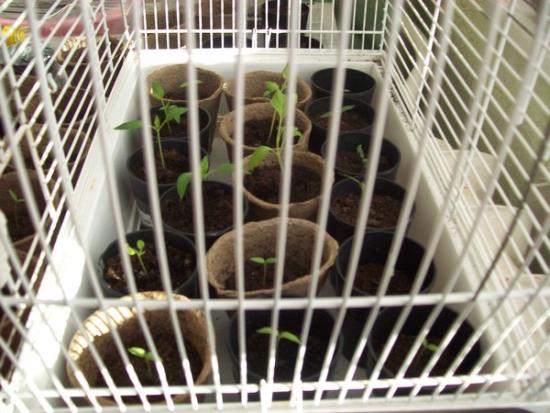
This rather original solution will diversify the design of the room and solve the problem of a pet encroaching on its favorite flower.
Alternative methods of protecting plants from cats
An alternative method of dealing with the problem is adjusting the cat's behavior. Your pet should be encouraged in every possible way for correct behavior.If a cat, who often spoiled a flower, passed by the pot indifferently, you should immediately praise him in a gentle voice and give him something tasty.
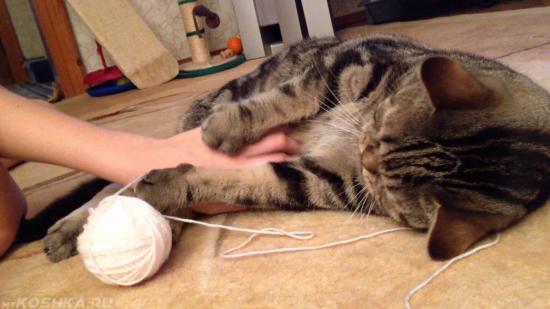
If the owner sees that the cat is approaching the flowers, he should switch his attention to another object. It is important to diversify your pets' leisure time. There are quite a few events in their lives. You should pay attention to playing with the animal, purchase interesting toys with which the cat can entertain itself.
You also need to give the animals the opportunity to sit on the windowsill and watch what is happening on the street.
Cat-safe houseplants
For those who love both animals and flowers, you should choose plants that will not harm your pet. All types of house cacti are safe for cats.
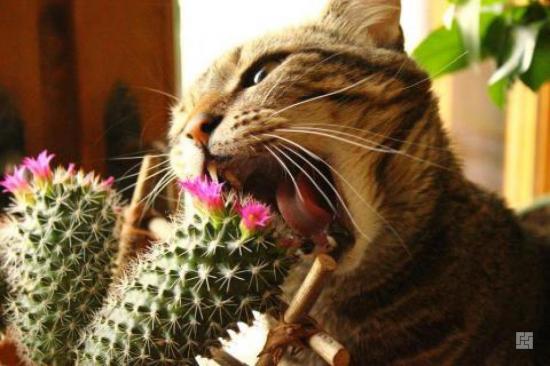
Of course, with close contact there is a risk of being pricked by a needle, but this will once again force the cat to avoid representatives of the flora. The same can be said about roses. A beautiful flower will decorate any apartment and take care of safety thanks to its thorns.
Also, animal lovers can safely plant coleus, arrowroot, violets, mint, chlorophytum, crassula and many others at home.
Useful indoor plants for cats
The reason for a cat's increased attention to flowers may be a lack of certain vitamins and microelements. You can buy suitable supplements for your pet, or you can get special ones. house plants that are good for your pet's health.
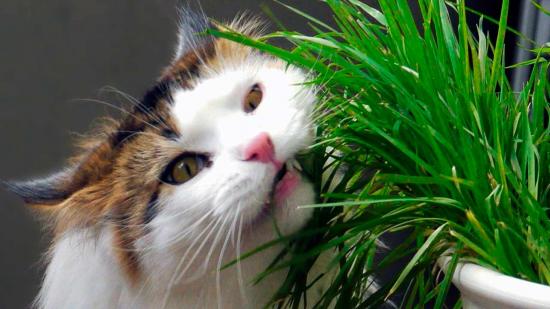
The cat needs fibrous food to cleanse its stomach. While licking themselves, cats swallow a large amount of fur, which they then need to somehow get rid of.
Once in the stomach, the fibers of the plant bind the fur into a lump, which the cat can then easily regurgitate.
The most suitable crops for furry pets are cereals. At any pet store you can buy a mixture of oat and wheat seeds and plant this substance in a spacious container.
Cats also like wheatgrass and antistyria oatmeal. If a cat gets his “own” pot with a domestic flower, he will lose interest in other domestic flora. This container is best placed near the cat's bowl.
Solving the problem of “cohabitation” of indoor plants and playful cats is within the capabilities of any attentive owner.
There are a large number of methods, among which you can choose the most effective for a particular animal.
Watch a video about how to protect flowers from a cat:

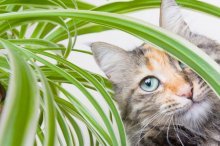
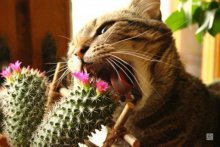
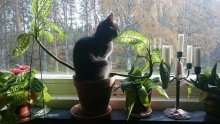
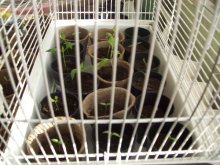


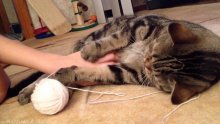






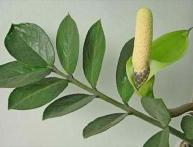

Comments
My cat doesn't chew plants, but she likes to run up onto the windowsill and knock over pots of flowers. It helped me simply to change the flower pots to heavier and more massive ones. Also, to repel cats with an unpleasant odor, you can moisten cotton balls not only with fresh citrus juice, but also with lemon or orange essential oil, the smell will last even longer!
Our cat also eats indoor plants, but not all of them. If he picks up a flower, then after a few weeks all that will remain is the half-eaten parts of the foliage. Green food doesn’t do him any particular harm.
Cats and flowers love to live on windowsills. Therefore, conflict between them is inevitable. Our cat doesn’t chew plant leaves, but accidentally or not so accidentally knocking a pot onto the floor is not an uncommon act for her.